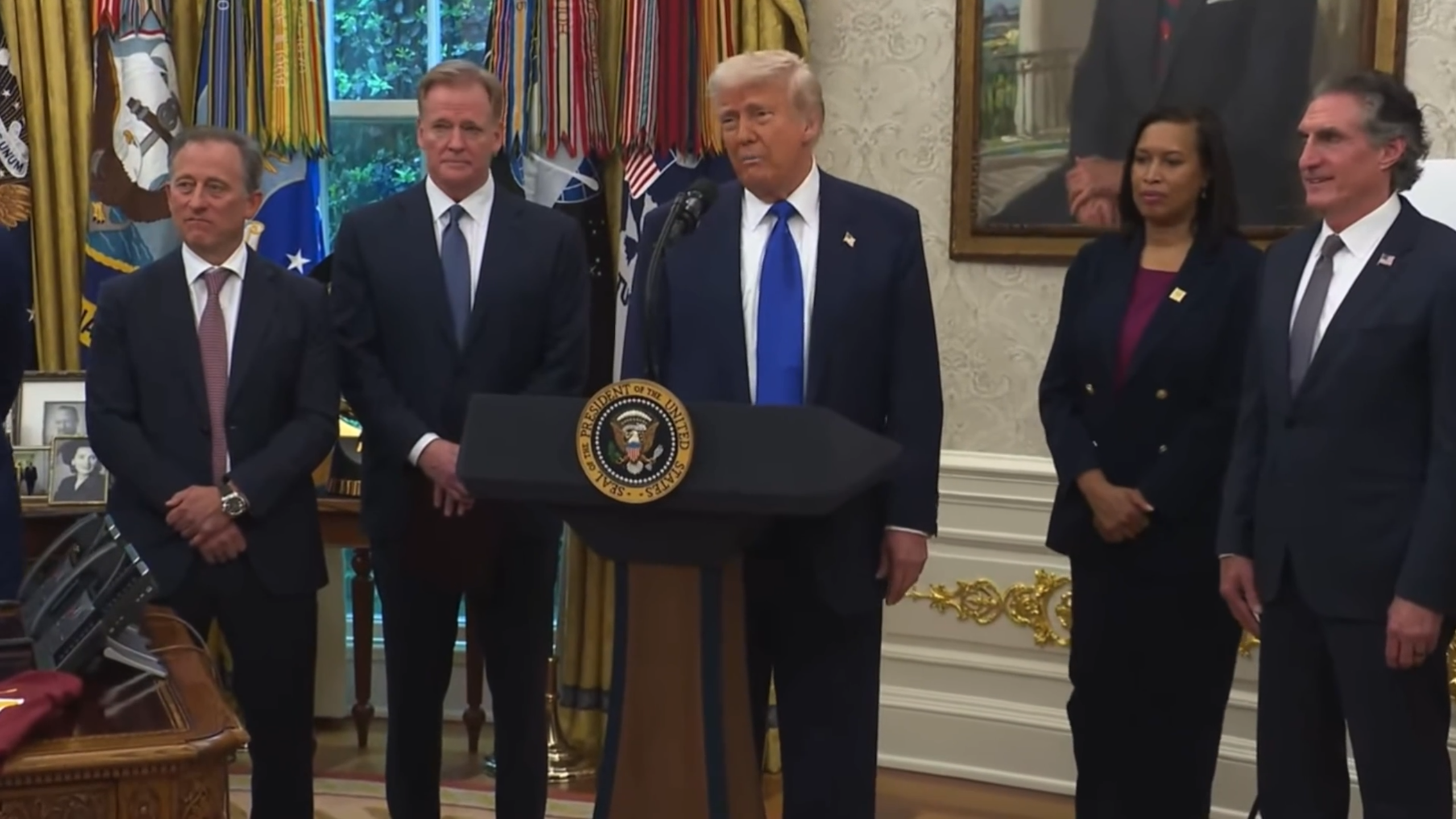U.S. Station Count Grows, Driven by FM Band
WASHINGTON—While the total number of U.S. broadcast stations at the end of 2017 was up compared to the end of 2016, this was driven mostly by activity in the FM band, according to the FCC’s end-of-year “Broadcast Station Totals” report.

In total, there are now 33,006 broadcast stations in the U.S., 609 more than in 2016. The total includes broadcast radio and TV licenses of all types.
Significant year-over-year happened predominantly with FM translators and low-power FM stations. FM translators/boosters grew to 7,585 by the end of 2017, up from 7,253, as commission regulatory policy continued to encourage proliferation. Low-power FM stations, meanwhile, jumped from 1,678 in 2016 to 2,077 in 2017, as the expansion of the LPFM service continued to play out.
Other areas that experienced growth, though less dramatic, were FM educational stations (up by 19 stations to 4,120) VHF Commercial TV (up 13 to 364), VHF Educational TV (up nine to 114), Class A VHF stations (up three to 27) and VHF low power TV (up nine to 375).
Elsewhere, the categories for UHF TV and AM stations saw declines, though in most cases not overly dramatic. The most stations lost among a single category was UHF low-power, which lost 37 over the last year, bringing the total to 1,563; the count of AM stations fell by 30 stations to 4,639 at end of 2017, continuing a trend of recent years for AM.
To see the full report, click here.
Get the TV Tech Newsletter
The professional video industry's #1 source for news, trends and product and tech information. Sign up below.
